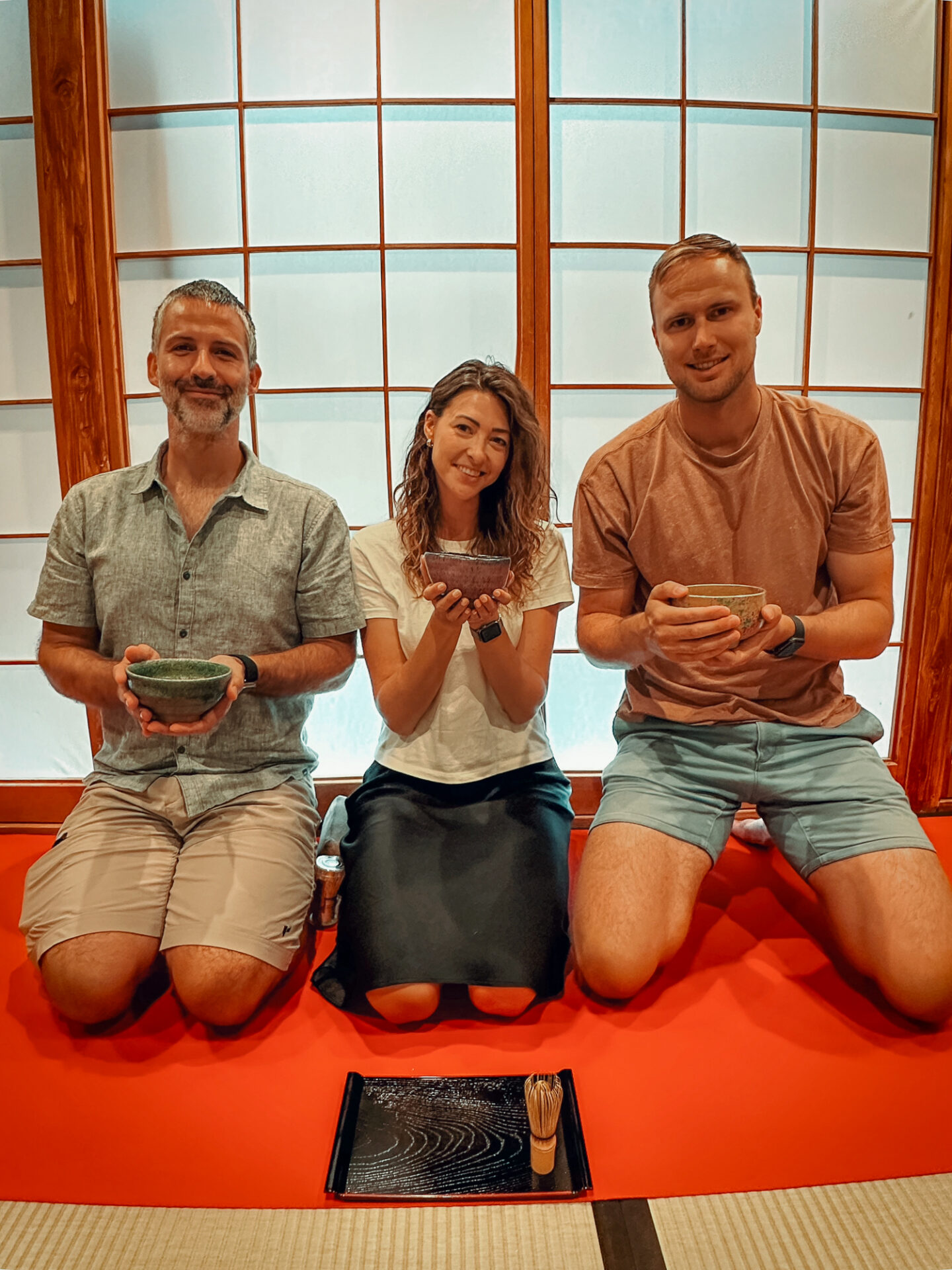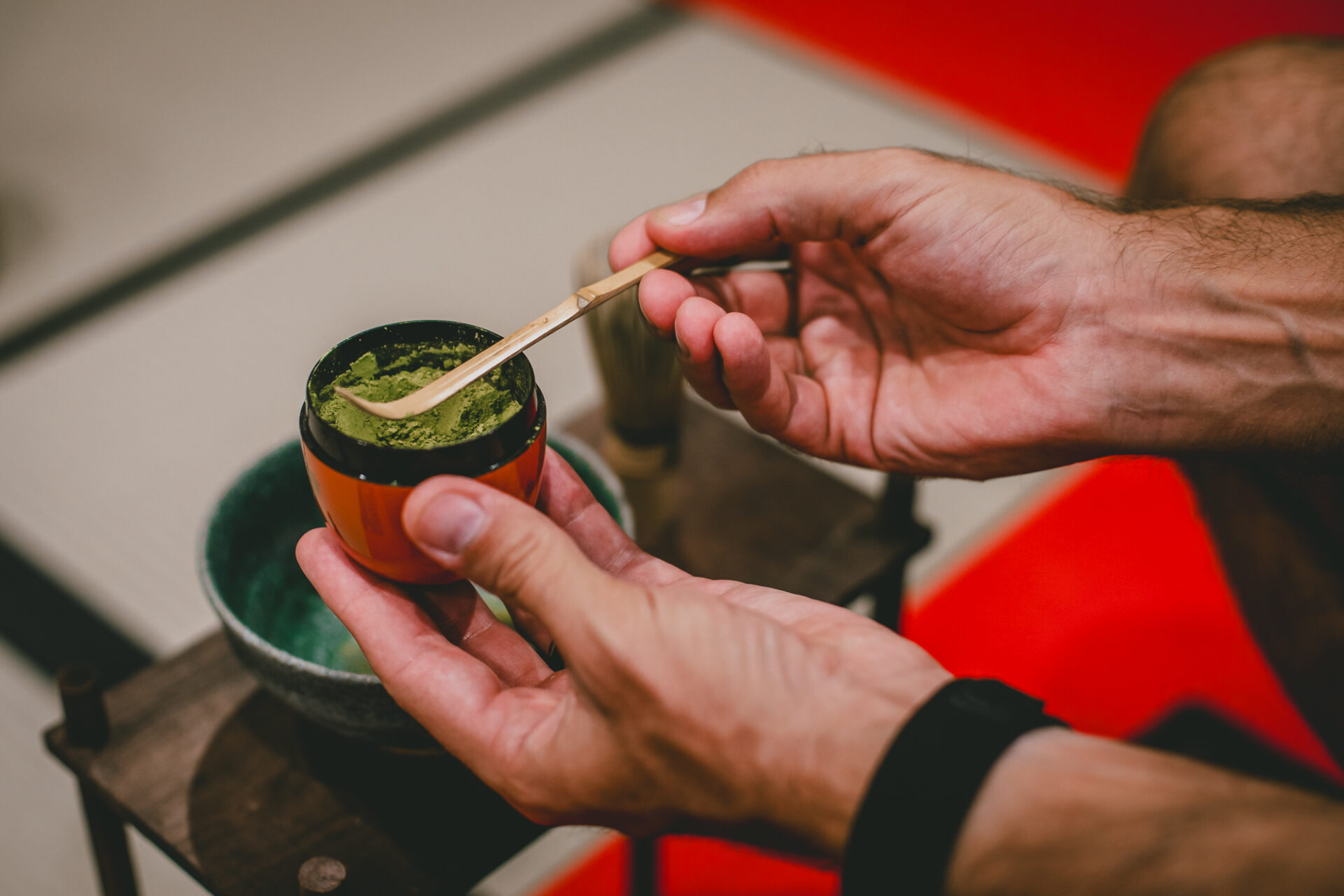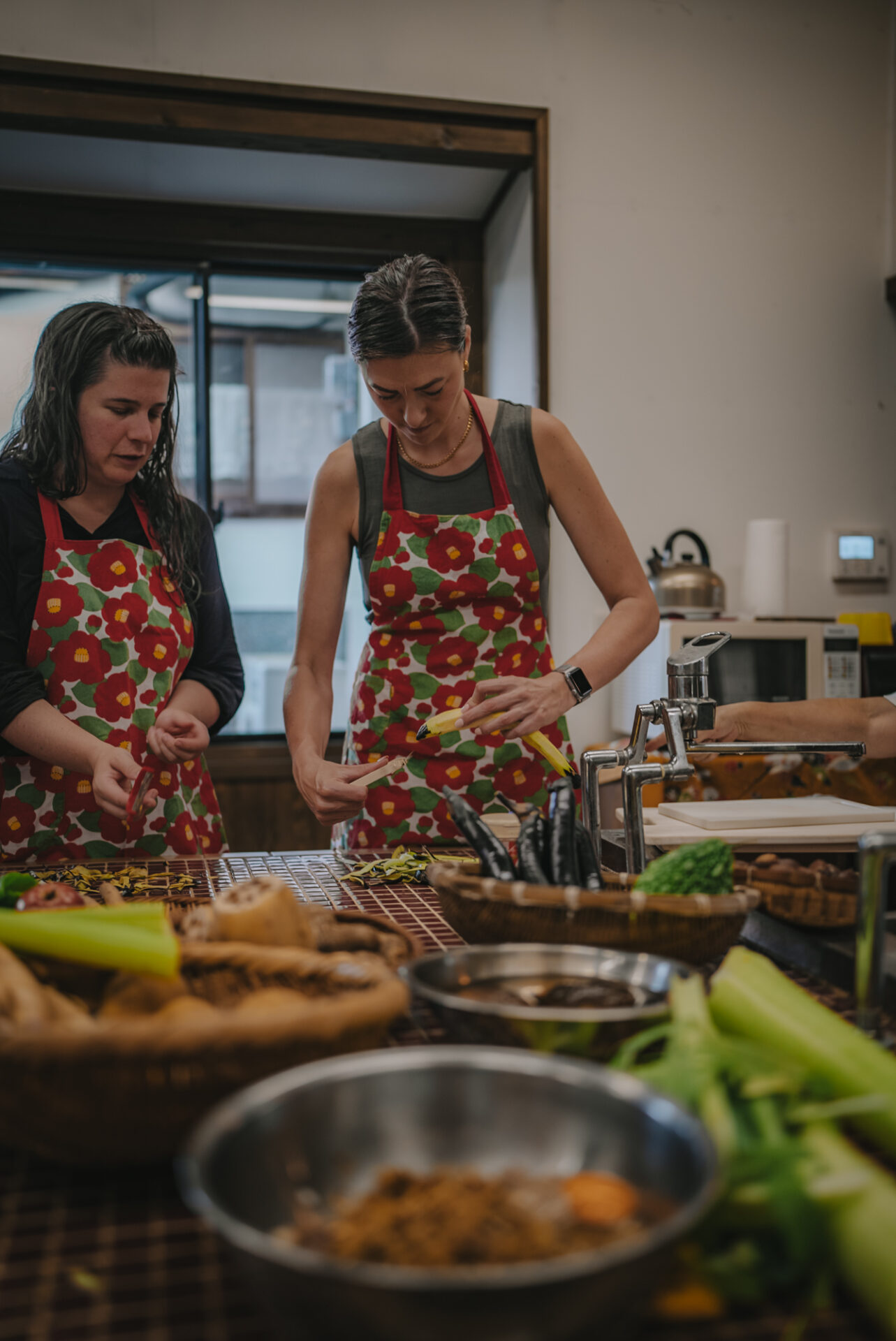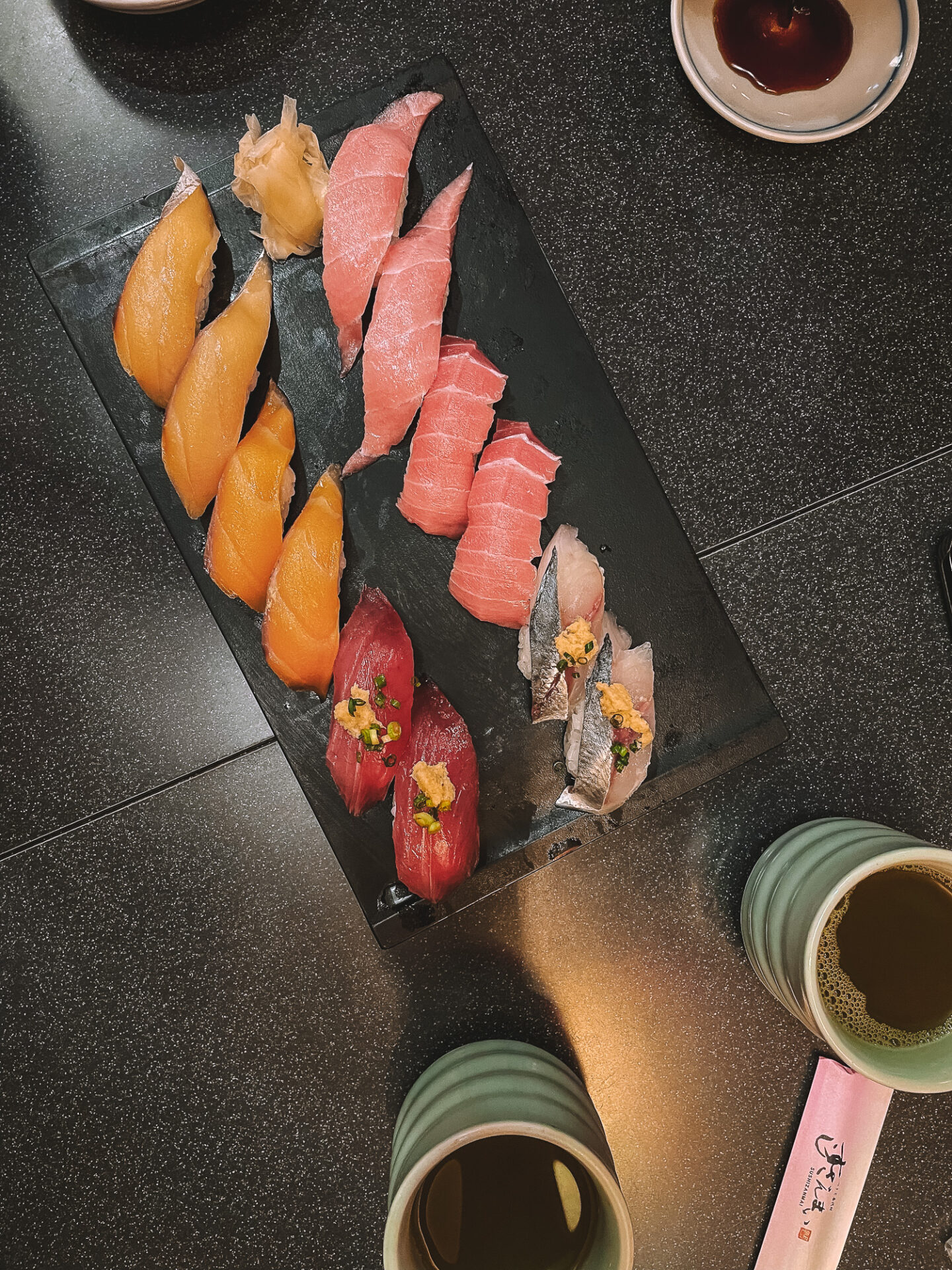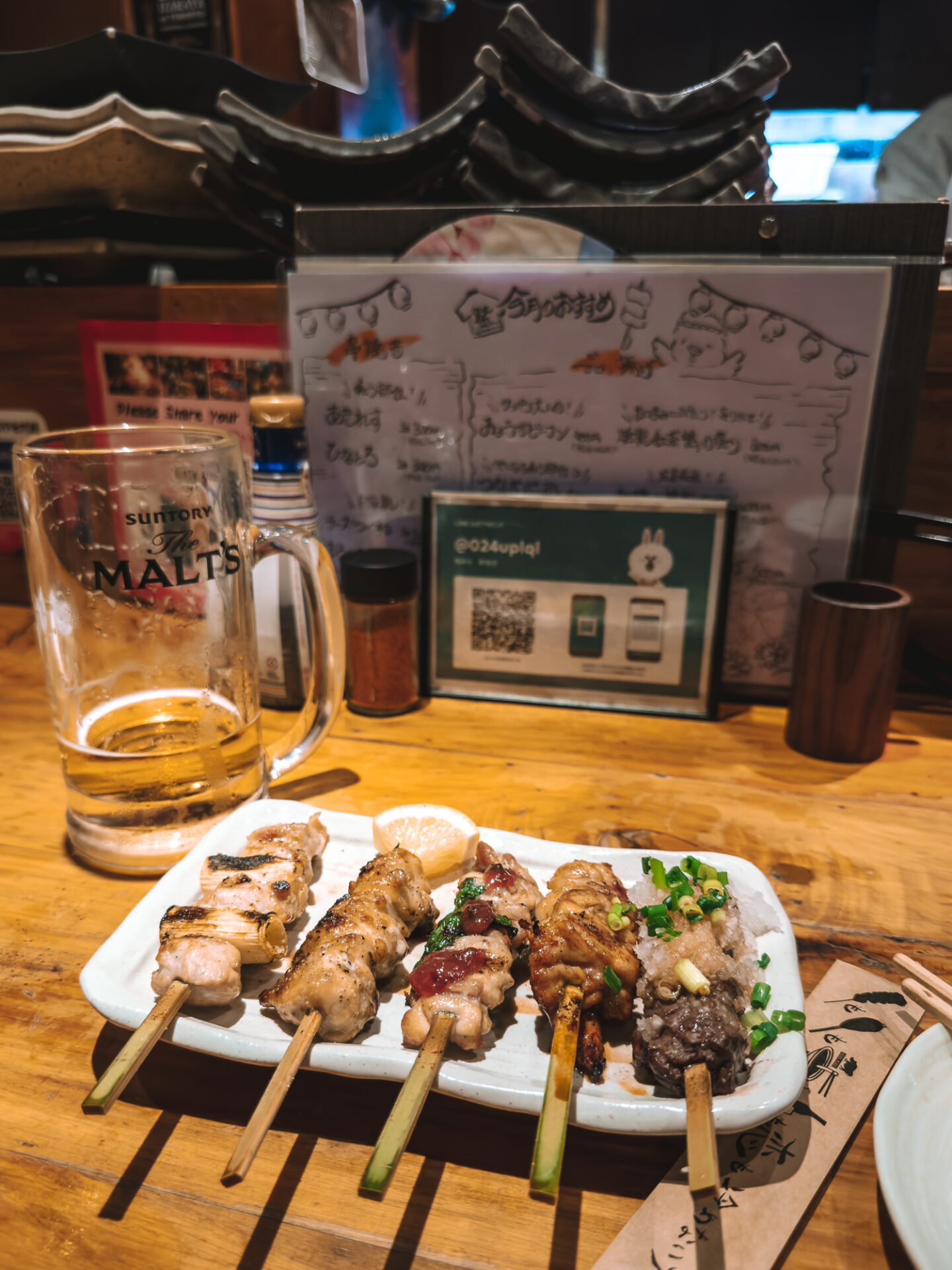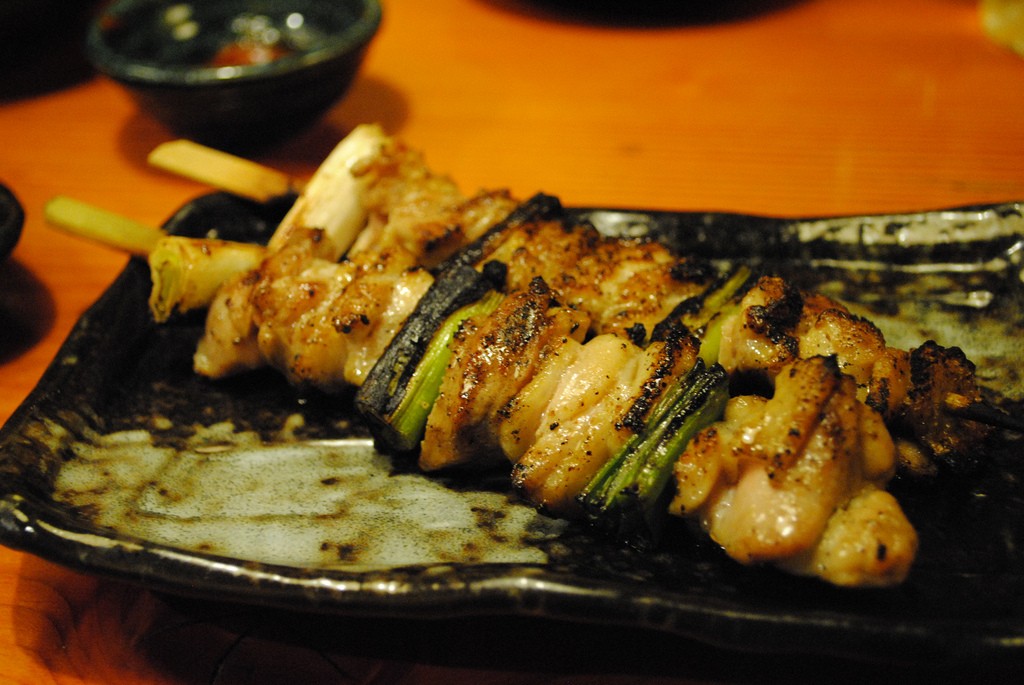The popularity of traditional Japanese food is one of the many aspects that draw millions of visitors to Japan every year. Discovering new flavours, trying authentic dishes, and exploring regional food differences is one of the highlights of any Japan trip.
*This post may contain affiliate links, as a result, we may receive a small commission (at no extra cost to you) on any bookings/purchases you make through the links in this post. As an Amazon Associate, we earn from qualifying purchases. Read our full disclosure
And it’s no surprise – Japanese food is arguably one of the most sought-after international cuisines. Sushi, ramen, tempura, gyoza and many other dishes from Japanese cuisine have become well-known around the world over the last few decades.
But as we discovered on our recent trip to Japan, Japanese food is so much more diverse than the sushi and ramen shops you might have come across in North America. The list of traditional Japanese dishes is very long, and there’s much more variety across the islands than you might realize.
Japanese cuisine has changed and evolved over the centuries. You’ll notice many influences from China and Korea in the cooking methods and ingredients, with varying versions of similar dishes like dumplings and noodles all over Asia.
From yatai (street food stalls) cooking snacks to traditional ryokans serving kaiseki meals, enjoying the food in Japan is an important part of the culture. And for us, it was definitely the highlight of our trip!
In this article, we wanted to share some of our favourite Japanese dishes and types of Japanese food that you should remember to try during your time in Japan.

Traveling Soon? Here is a list of our favourite travel providers and accessories to help get you ready for your upcoming trip!
Health Benefits of Japanese Diet
The health benefits of the Japanese diet have been well documented now, particularly with a high life expectancy and the recognition of Okinawa as being one of the world’s Blue Zones (where a large number of people live to 100).
Heavily focused on fish, fermented soybeans, seasonal vegetables, and small portions of meat, Japanese cuisine is one of the healthiest diets in the world.
Japanese Food Experiences You Can’t Miss
Before we get into the actual dishes, we wanted to share a few very special Japanese food experiences to add to your list.
Sushi Omakase
Sushi is undoubtedly the most famous Japanese dish for foreigners, but there are several different ways you can enjoy it in Japan. One of the best ways to sample a wide variety of sushi is by ordering it “omakase” style.
Omakase literally translates to “I leave it up to you,” which means you leave the selection of the sushi up to the chef. This experience often allows you to taste more regional delicacies as the chef gets to prepare a personalized tasting plate of their favourite sushi based on the best seasonal ingredients.
Kaiseki Meal
Kaiseki is Japan’s answer to a traditional celebratory feast. A multi-course meal designed to highlight the flavour of seasonal ingredients and meticulous presentation to make a unique and often sophisticated dining experience.
The key to the best kaiseki is subtle seasonings, fresh ingredients from the region, and complementary table settings and garnishes, all working together harmoniously. If you want the full kaiseki experience, order it for dinner at a ryokan (traditional Japanese inn) in regional Japan. Usually served in a communal dining room with tatami (woven mats) floors, it’s a true Japanese cultural immersion.
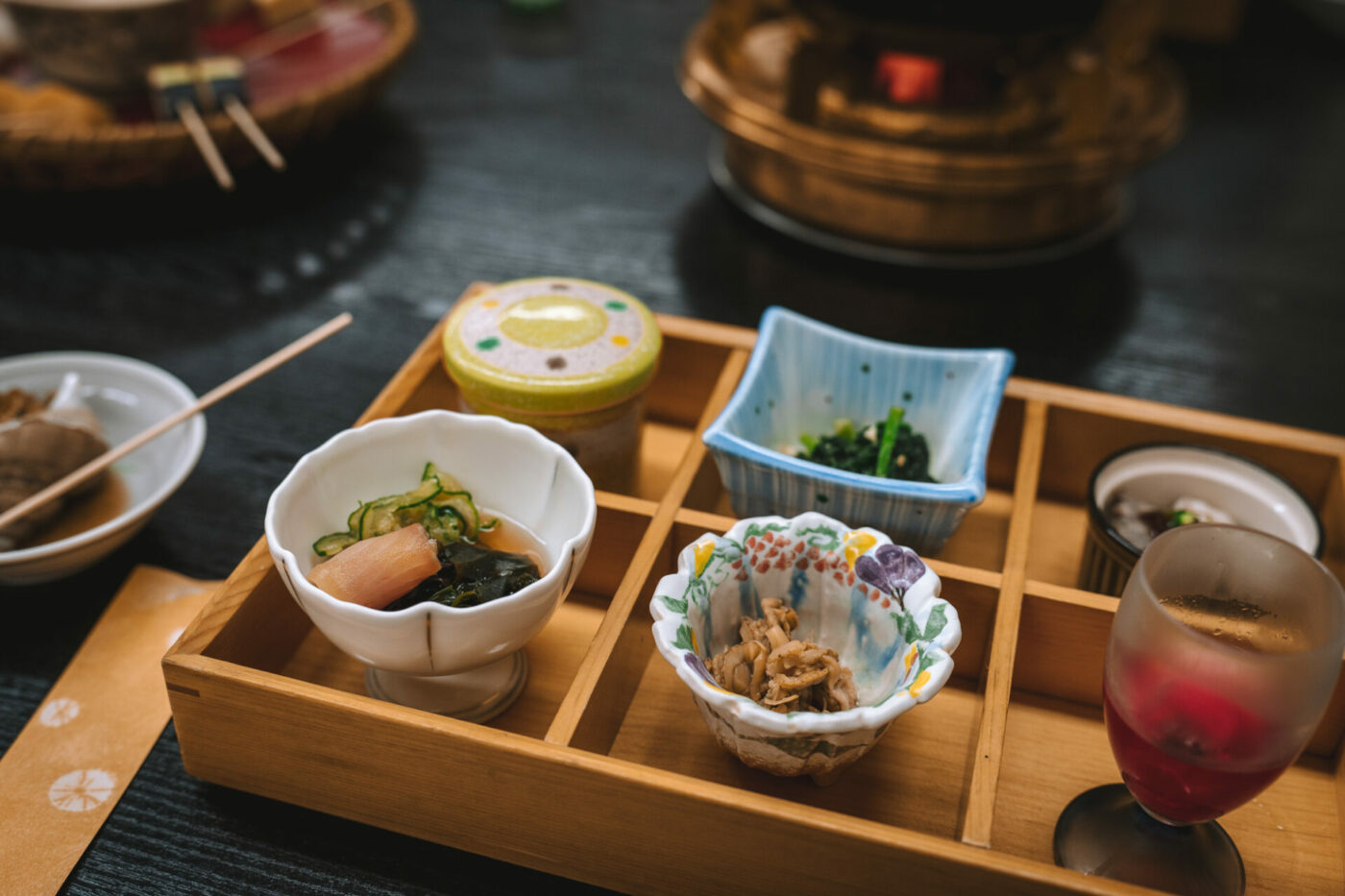
Visit Tsukiji Fish Market
Considered one of the best foodie experiences in Japan, the Tsukiji Fish Market in Tokyo is one of the largest fish markets in the world. Specializing in freshly caught seafood, the market is a maze of alleyways filled with vendors selling a range of Japanese dishes.
Try oysters, scallops, unagi (grilled eel), squid tempura, tuna, grilled fish like salmon, and whitefish sashimi served over fried rice and fried fish cakes. Fresh sushi is also abundant and worth a try here.
READ NEXT: 3 Days in Tokyo Itinerary
Visit Nishiki Market
Another iconic market experience for traditional Japanese food is the Nishiki Market in Kyoto. A long, narrow street filled with shops and restaurants, it has a history spanning hundreds of years and is often referred to as ‘Kyoto’s Kitchen.’ Most stalls specialize in a particular type of food, and almost everything sold at the market is locally sourced.
Discover a wide variety of weird and wonderful foods, from tsukemono (pickled vegetables) and traditional Japanese sweets to wasabi salt and fresh sashimi skewers. The crab is a must-try in the right season. It’s certainly a lesson in all aspects of Japanese food.
Tea Ceremony Experience
Tea is a staple in the Japanese diet, and while other Asian countries focus on black tea, Japan’s specialty is green tea. A Japanese tea ceremony or “the way of tea” is steeped in a long history of traditional Japanese culture. There are generally two kinds of green tea served in Japan, ryokucha (steeped with leaves) and matcha (mixing dried and milled leaves with water). Matcha is traditionally the kind of tea served in tea ceremonies.
Traditionally, a tea ceremony was reserved only for the highest-ranking officials and guests of honour. Hosted by a geisha, this experience dates back to the Edo Period but is one that is still widely practiced today among Japanese.
For a glimpse into the experience, consider joining a tea ceremony experience in Kyoto or Osaka. Kyoto is the most famous city to host tea ceremonies, usually held in a tatami room. A traditional Japanese sweet is often served with matcha tea to balance out the bitterness of the drink.
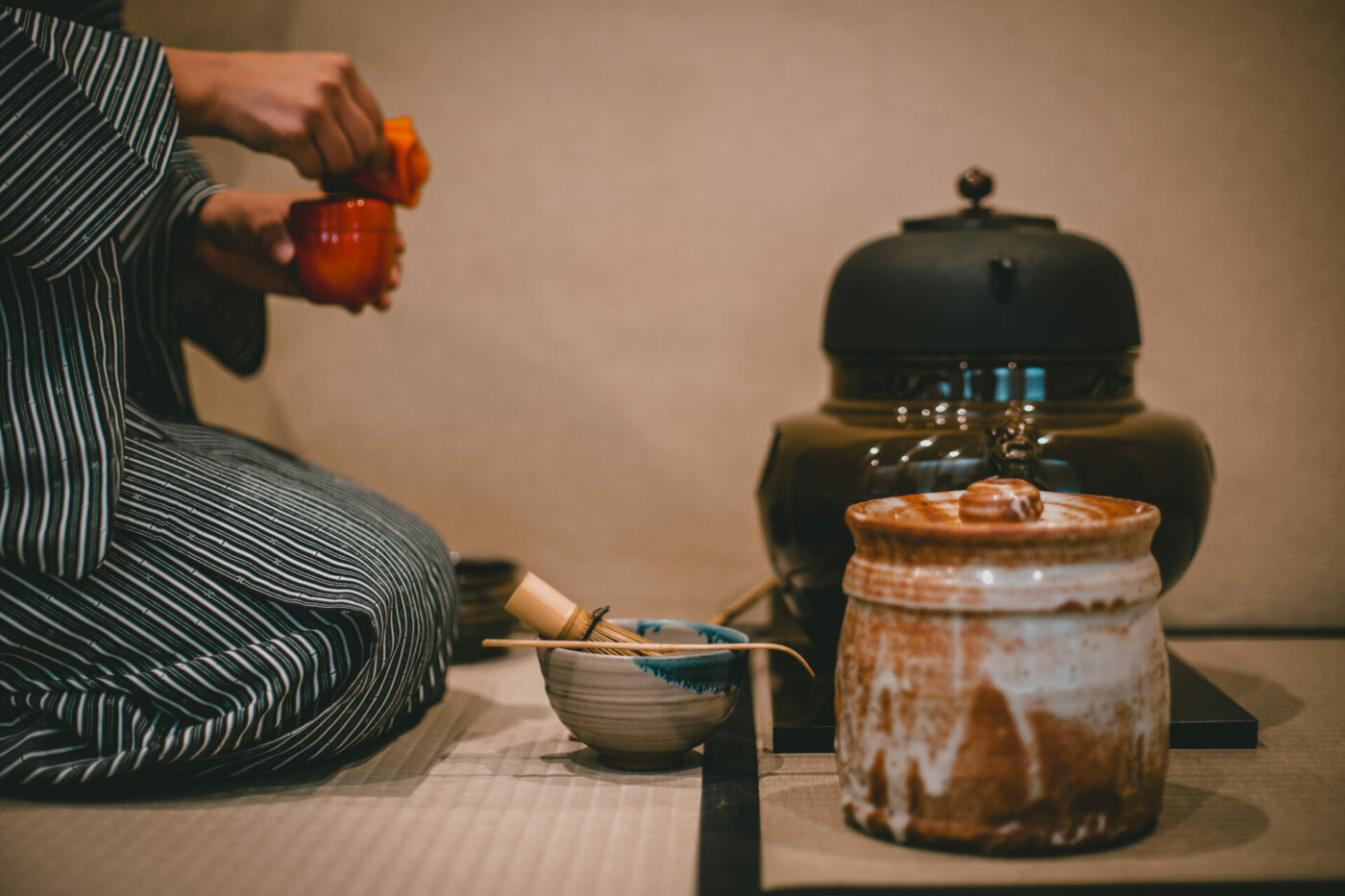
READ NEXT: Things to do in Kyoto
Japanese Cuisine Cooking class
If you really want to dive deep into traditional Japanese cuisine and be able to cook your own meals at home, then joining a Japanese cooking class is a fun experience. There are many different cooking classes available everywhere, from Tokyo to Osaka, depending on what dishes you want to learn how to make.
If you want to make some of the most famous traditional Japanese foods, try this sushi-making class in Tokyo or this ramen and gyoza cooking class in Osaka.
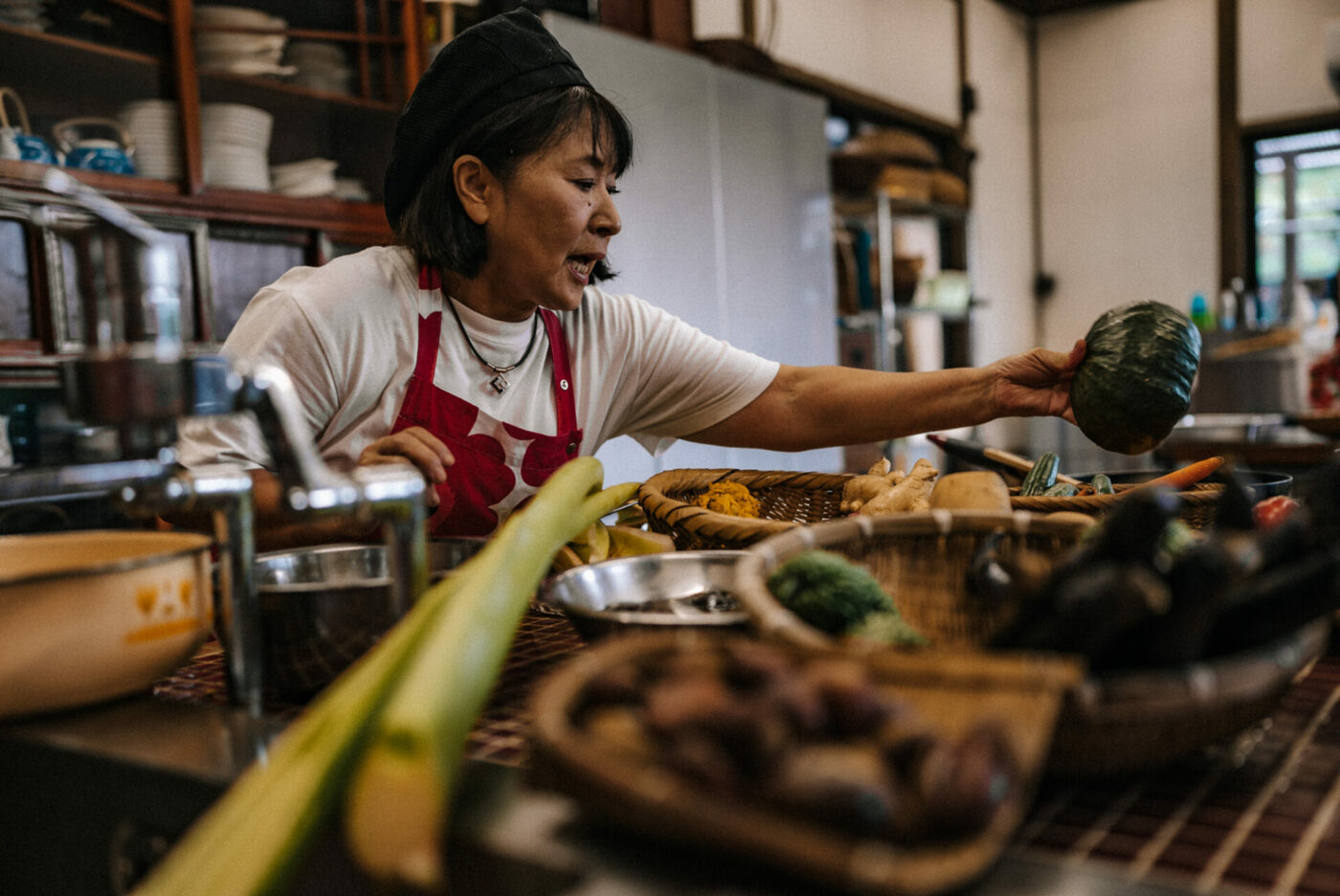
Yakitori Alley Exploration
Yakitori is a Japanese style of grilled meat on bamboo skewers, and the best place to try it is Yakitori Alley. Located just north of Shinjuku Station in Tokyo, the street is actually named Omoide Yokocho (memory lane) but is better known as Yakitori Alley for its tiny restaurants serving skewered chicken sticks.
You’ll find various types of skewers with either soy-based sauce or simple salt grilled over charcoal. The restaurants in Yakitori Alley are usually very small and can accommodate just a few patrons per store. Besides yakitori, there are also restaurants that serve gyoza, izakaya food, and udon noodle soup dishes, so everyone can find something to eat.

Okonomiyaki at a Teppanyaki Grill
Okonomiyaki is often referred to in English as a Japanese pizza but is more of a combination of pizza and savoury pancake. Okonomiyaki starts as a flat pancake made of wheat flour, egg, and chopped cabbage and is then topped with cooked meat, seafood, and other vegetables.
The Japanese word Okonomi literally means “to one’s liking,” which reflects the variety of okonomiyaki available across Japan depending on the region and customers’ preferences.
Osaka and Hiroshima are most famous for this Japanese meal, which you can find served in teppanyaki grill restaurants. Teppanyaki refers to ingredients grilled on an iron griddle and is often equipped at each table so you can cook the meal yourself. The best way to experience this traditional Japanese food is to head to one of these restaurants to cook it up yourself.
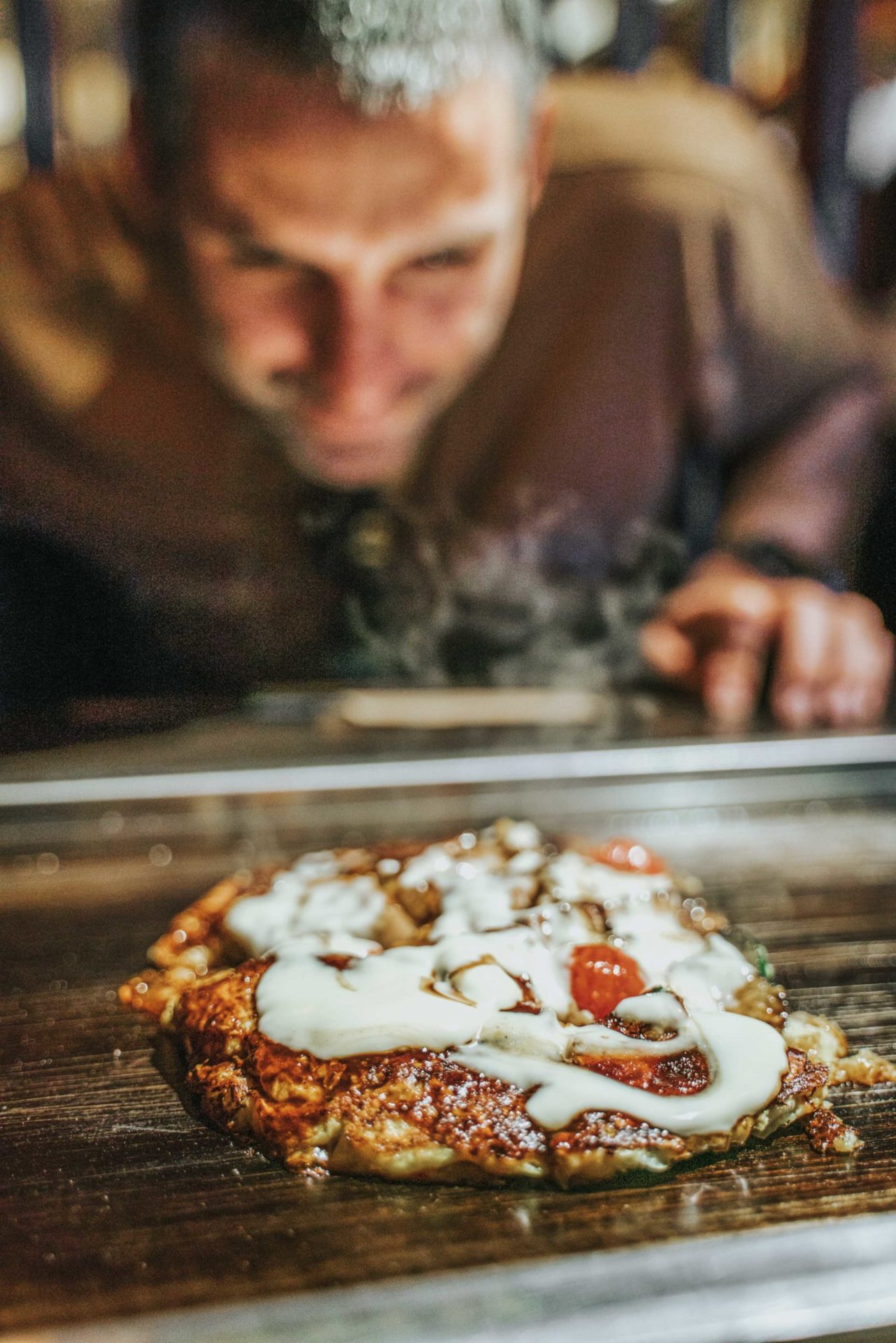
Street Food Tour
Sometimes, the best way to experience Japanese cuisine is not necessarily by visiting Japanese restaurants but more about discovering all the unique local delicacies in the markets and streets of the big cities. Join a guided street food tour to try all the best local foods while getting a cultural lesson with a local guide.
Spend a few hours with a local guide exploring Tsukiji Market in Tokyo, try up to 13 dishes at five local eateries on a food tour in Shinsekai in the back streets of Osaka, or stroll around Gion and Nishiki Market in Kyoto in the bustling morning hours with a guide.
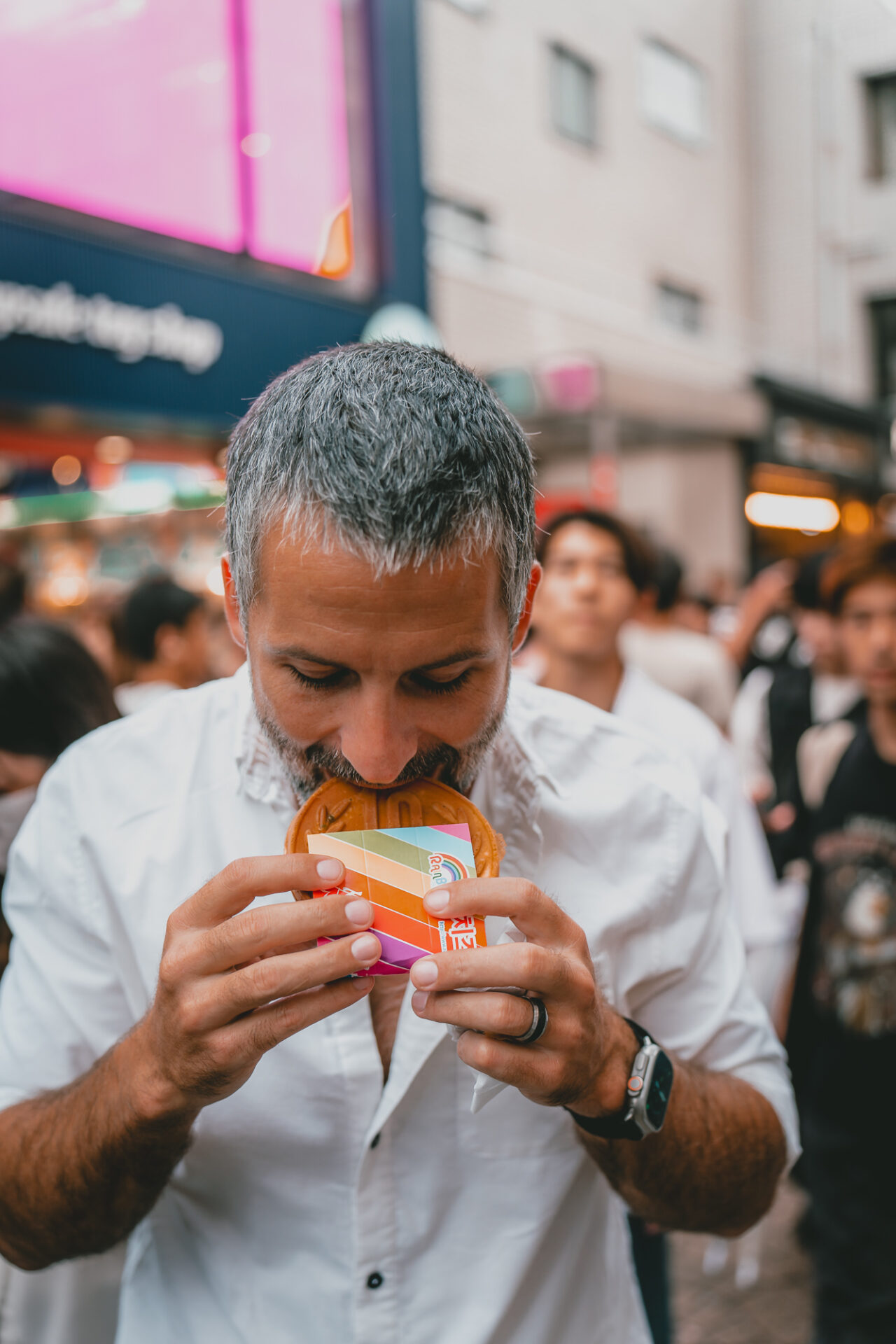
Best Japanese Dishes to Try
Ok. Now let’s get into the actual list of dishes to add to your Japan food bucket list. If you’re looking for the top Japanese dishes to try on your first trip to Japan, these are the must-try meals to add to your list.
1. Sushi (すし)
Sushi is definitely the most famous Japanese meal outside of Japan. It was once referred to as pickled fish preserved in vinegar, but nowadays, it can be defined as any dish containing vinegared rice and raw fish. Sushi is often served with soy sauce, wasabi and pickled ginger.
There are various types of sushi, including sashimi (raw fish), norimaki (sushi rice and seafood wrapped in dried seaweed sheets), nigiri (small rice balls with raw fish draped on top), or gunkan (little round cups of sushi rice wrapped in dried seaweed and filled with seafood like fish eggs, sashimi, crab or sea urchin).
Sashimi is, of course, one of the most common things served in Japanese restaurants, especially sushi restaurants and izakaya and are a standard element of traditional kaiseki course meals. Sashimi consists of thin slices of raw fish or seafood served with soy sauce and wasabi.
The slices of raw fish are usually presented on top of shredded daikon or garnished with shiso leaves. The most common fish used are fresh tuna, salmon, saba or mackerel, and squid.
While it’s common outside of Japan to drench sushi in sauces, in Japan – all you need is a light dip of soy sauce for the perfect taste.
2. Ramen (ラーメン)
Technically originating in Southern China, ramen is a Japanese word which is derived from the Chinese word lamian (拉麵), meaning “pulled noodles”. The noodle soup is an inexpensive and popular Japanese comfort food. You’ll find ramen restaurants on every corner in cities across Japan.
The Chinese-style hearty noodle dish consists of noodles usually made from wheat flour, along with a meat or fish-based hot broth, along with a variety of toppings such as slices of pork belly, raw or cooked bean sprouts, soft-boiled, marinated or raw egg, bamboo shoots, and seaweed.
Ramen noodle dishes are typically categorized according to their soup base, with popular options including:
- Miso ramen which is flavoured with soybean paste (miso) originating in Hokkaido
- Shoyu ramen flavoured with soy sauce, and
- Tonkotsu ramen made from boiled-down pork bones originating from Kyushu.
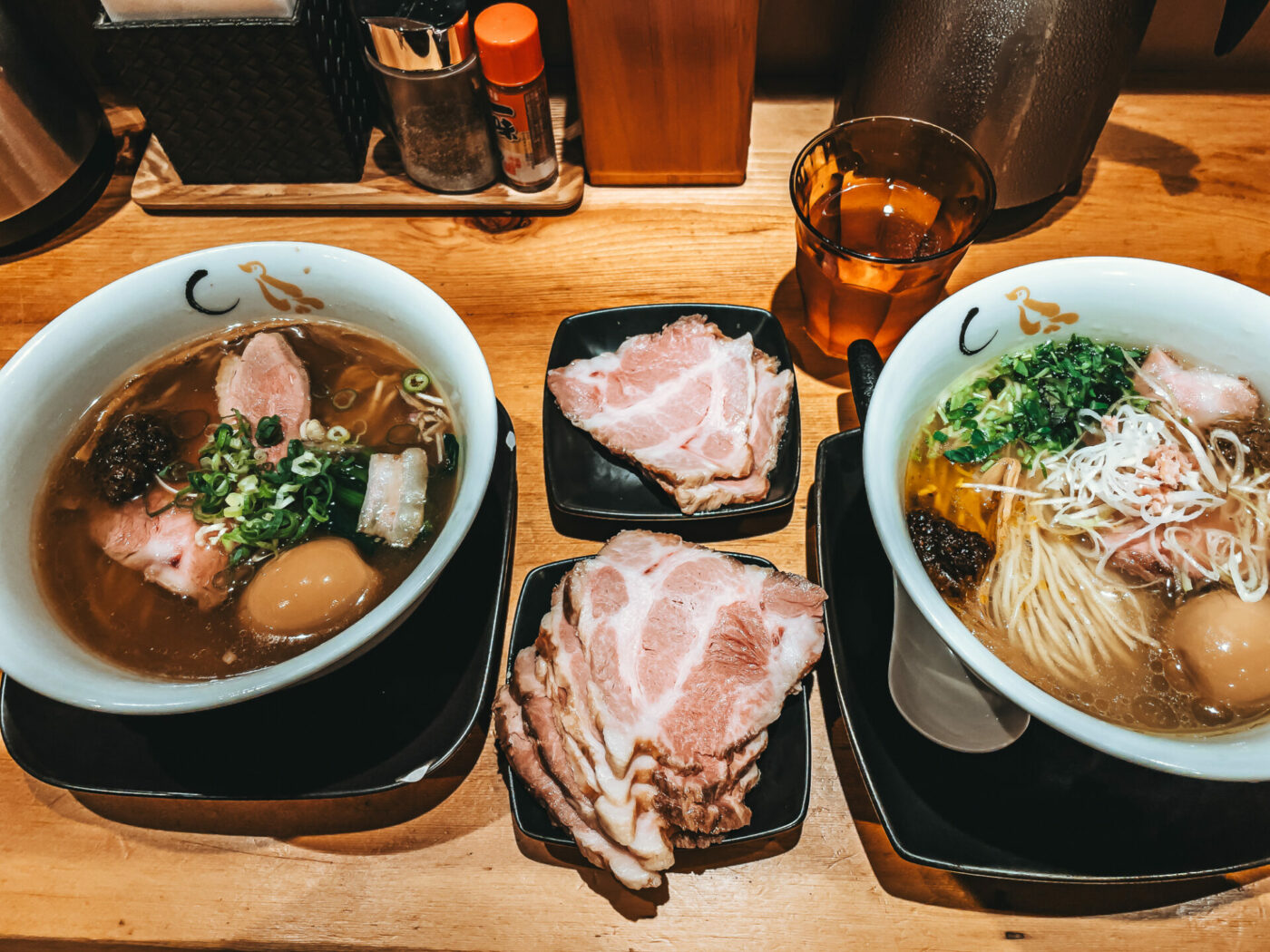
3. Tempura (天ぷら)
It is said that tempura was brought to Japan by the Portuguese in the 16th century, but it has since become one of the most recognized Japanese dishes around the world. Tempura consists of lightly battered and deep-fried food, ranging from seafood to vegetables.
Tempura is commonly served either as a main dish, a side dish with dipping sauces, or as a topping for steamed rice bowls or Japanese noodles. There are specialized tempura restaurants known as tempura-ya, but these are often expensive, high-end places. It’s worth visiting one for a unique “make your own tempura” experience.
You can also find tempura at street markets as snacks and side dishes across the country.
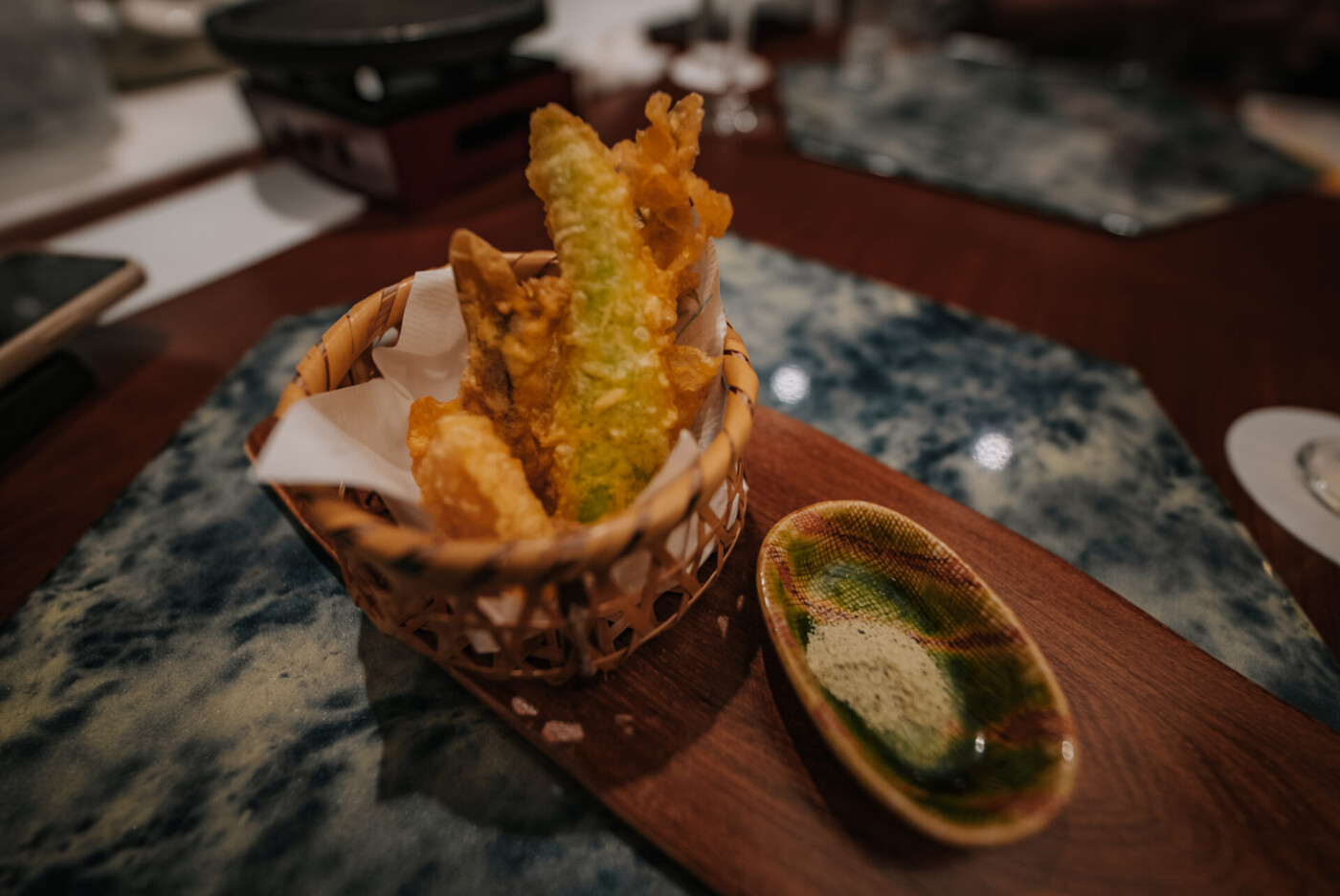
4. Okonomiyaki (お好み焼き)
A savoury pancake that is extremely popular amongst foreigners and tourists in Japan. Often referred to as Japanese pizza, okonomiyaki is made from wheat flour and shredded cabbage and is topped with various ingredients like meat or seafood. There are also vegetarian options.
Okonomi means “to one’s liking,” as there is a huge variety of okonomiyaki available, and it can easily be tailored to customer preferences. If you want to try the most traditional version, head to Osaka or Hiroshima, where you can find them served in Teppanyaki Grill restaurants.
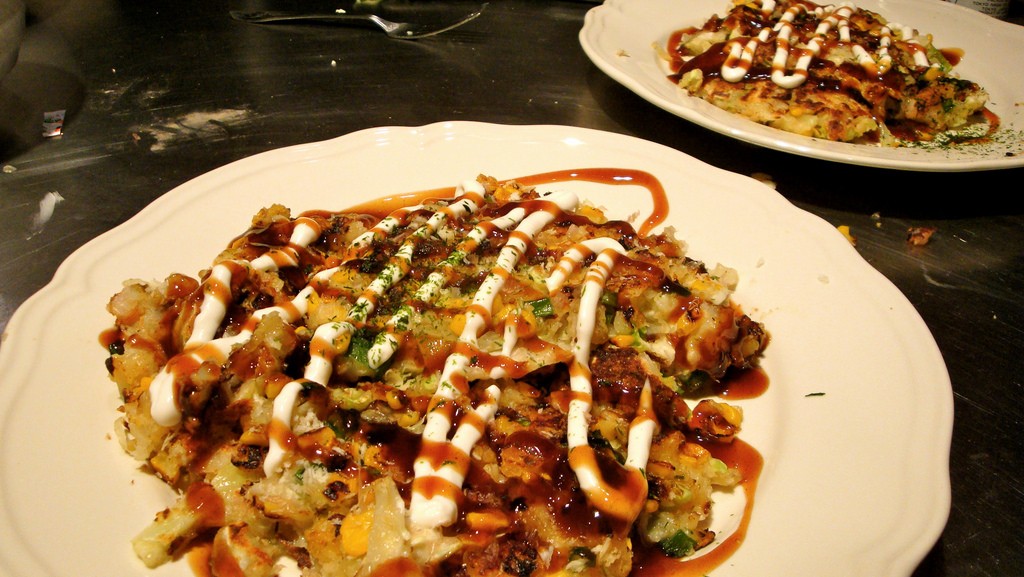
5. Udon (うどん)
Udon noodles (not to be confused with Soba Noodles) are thick wheat flour noodles served in a variety of ways. The most popular udon dish is udon noodle soup, made with a mild broth called kakejiru with flavours of dashi, soy sauce and mirin. The soup is topped with scallions or green onions, tempura and grated radish.
The difference between Udon and Soba is that udon is thicker than soba noodles, which are made from buckwheat flour, and are much chewier. Udon is widely available at restaurants across Japan and can be served hot or cold. You can find it at specialty udon or soba restaurants, as well as more fast food-type restaurants at train stations.
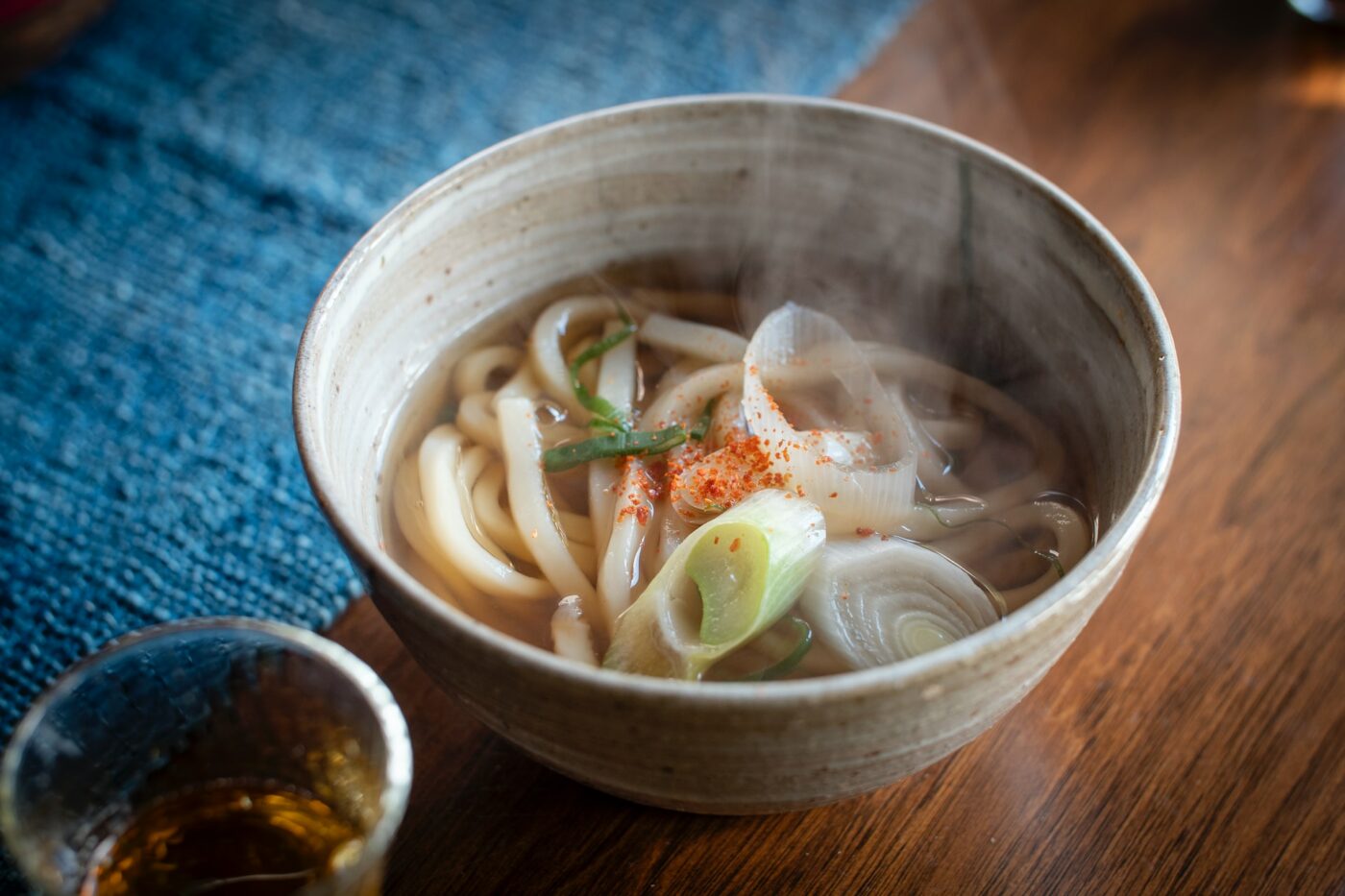
6. Tonkatsu (とんかつ)
Tonkatsu is a deep-fried, breaded pork cutlet. It is made by coating slices of pork with panko (bread crumbs) and deep frying them in oil. It is considered the Japanese equivalent to schnitzel in Europe.
While pork is by far the most popular katsu dish, there are other variations made of chicken (chikinkatsu), beef (gyukatsu), and minced meat (menchikatsu). Tonkatsu is usually served with shredded cabbage and tangy dipping sauce. It’s served both in restaurants and at cheap, convenience stores and station eateries.
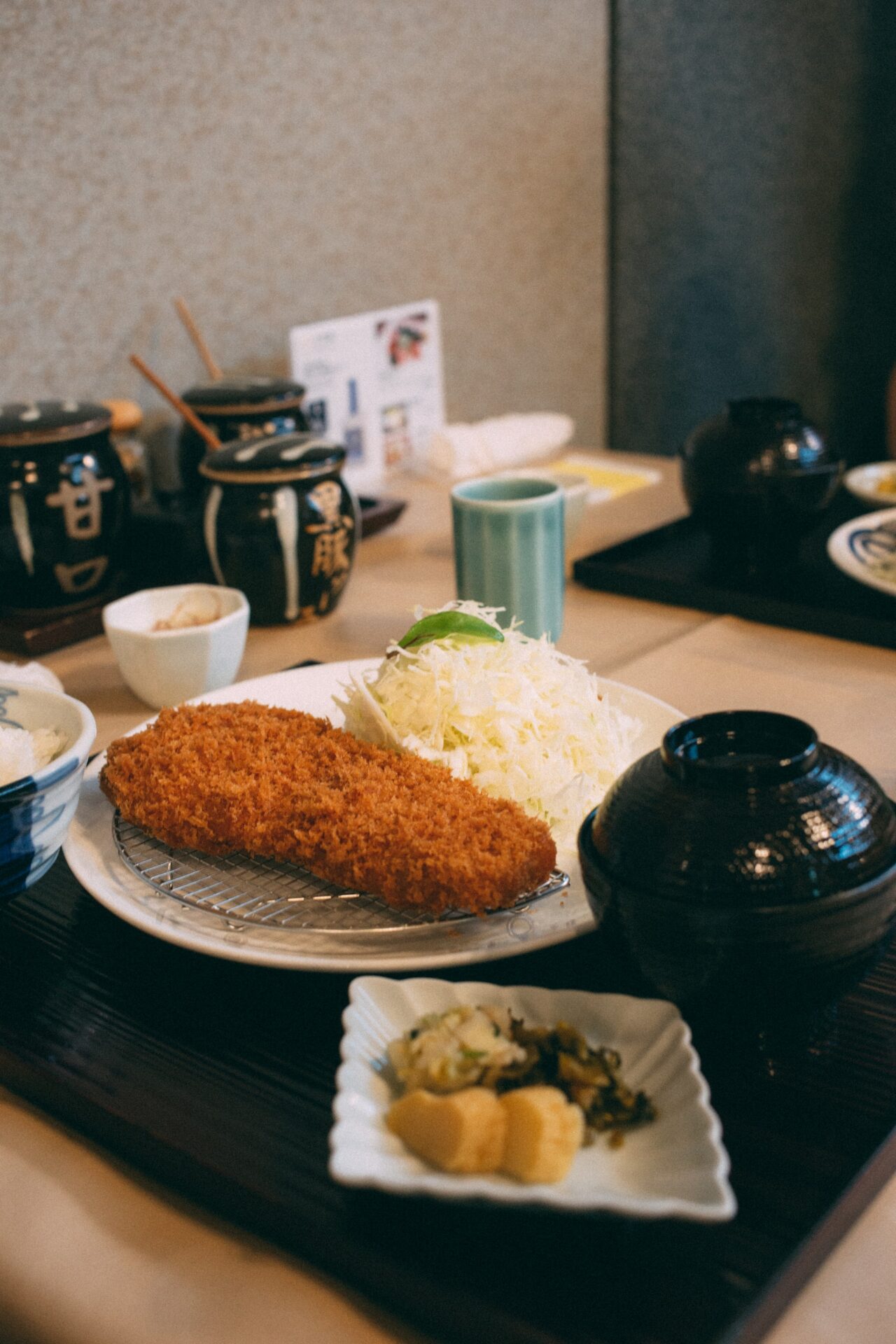
7. Yakitori (焼き鳥)
Yakitori (literally, grilled chicken) is a general term used to refer to grilled skewers. It’s one of the most popular Japanese meat dishes prevalent in small hole-in-the-wall restaurants nationwide.
While the dish name refers to chicken skewers, yakitori restaurants generally have a wide selection of meat skewers, consisting of different cuts and parts of chicken, pork, beef, etc. The skewers are usually marinated with either soy sauce-based or simple salt grilled over charcoal.
Yakitori is a common street food or quick-eat meal, particularly in markets. One of the best places to try it is at the aptly named Yakitori Alley in Tokyo, where you’ll find lots of small, tightly packed restaurants serving these skewered chicken sticks.

8. Miso Soup (味噌汁)
Miso soup is a staple in the Japanese diet and one of the most commonly eaten dishes in Japan. It’s not a meal in and of itself, but a much welcome accompaniment in meals both simple and extravagant, served at any time of the day.
This popular healthy meal is made from miso paste as well as a traditional Japanese fish stock called Dashi. Dashi is an umami-rich base made from dried seaweed and dried fish, which is then flavoured with miso paste made from fermented soybeans, salt and koji rice. It’s garnished with green onions, mushrooms or tofu, so it’s a great vegetarian option.

9. Gyoza (餃子)
Gyoza is Japan’s dumplings, which consist of a range of fillings wrapped in thin dough. The typical gyoza is filled with ground pork, nira chives, green onion, cabbage, ginger, garlic, soy sauce and sesame oil. It’s not uncommon, however, to find gyoza with other fillings, like shrimp, veggies and others.
You can find specialty gyoza in places that incorporate local ingredients and unique flavours into this staple Japanese dish. One example is matcha gyoza wrappers made in Kyoto.
They are typically pan-fried and served with a dipping sauce from a street stall or at a market. Gyoza are some of the most consumed foods in Japan along with sushi, ramen and curry rice, and are especially popular with budget travelers.
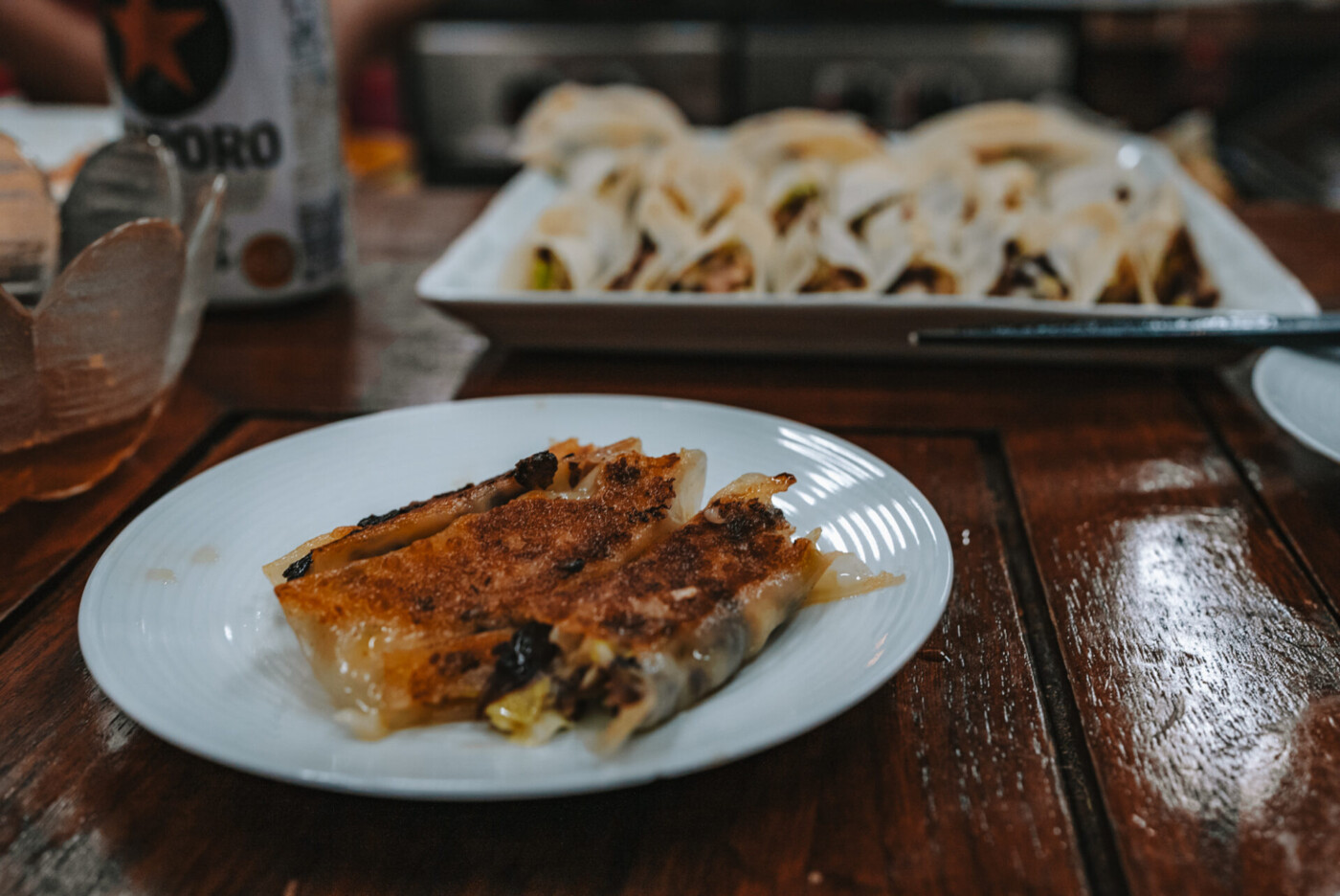
10. Takoyaki (たこ焼き)
Takoyaki is the Japanese term for “octopus grilled/fried,” and they are a very popular yatai (or street food) snack that originated as a street food snack in Osaka. Takoyaki are made from a wheat and dashi stock batter, similar to okonomiyaki. The batter is filled with octopus, tempura scraps, pickled ginger and green onions and cooked in a special cast-iron pan that gives them their perfectly round shape. These octopus balls are typically served topped with takoyaki sauce and bonito flakes.
You can find Takoyaki balls in many street markets across Japan, particularly during festivals.
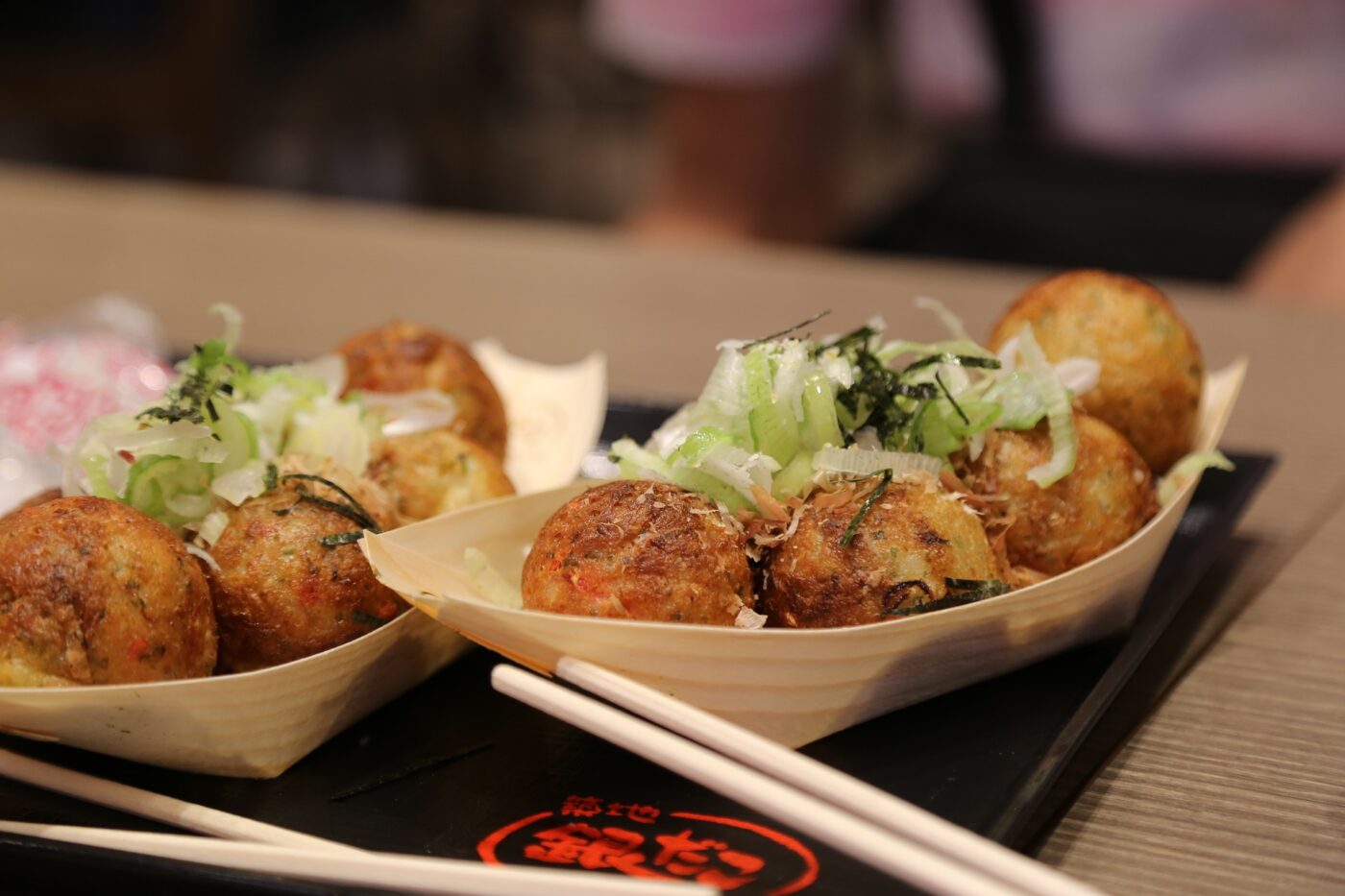
11. Chawanmushi (茶碗蒸し)
Chawanmushi literally means “tea cup steam” or “steamed in a tea bowl,” making it an incredibly unique Japanese food. It’s an egg custard dish that is savoury rather than sweet and is made with a few simple ingredients: dashi, eggs, soy sauce, and mirin. It’s sometimes garnished with shrimp, mushrooms or ginkgo nuts.
Chawanmushi can be served hot, warm, or cold and is one of the few meals in Japanese cuisine that is traditionally consumed with a spoon.

12. Katsudon (カツ丼)
Katsudon is a popular, simple rice dish that is a safe bet when ordering at a restaurant. It consists of a bowl of steamed rice, topped with a breaded and deep-fried pork cutlet (tonkatsu), along with an egg, vegetables like sauteed onion, and a sweet and savoury sauce. It’s an easy meal that you could replicate at home to remind you of the food in Japan.

13. Oden (おでん)
Oden is a type of nabemono or hot pot dish. It consists of several ingredients, such as boiled eggs, daikon radish, and fish cakes stewed in a soy-flavored dashi broth. It’s a classic winter hot pot dish and a family favourite for the colder months. It’s usually served in a donabe clay pot and shared with family and friends.
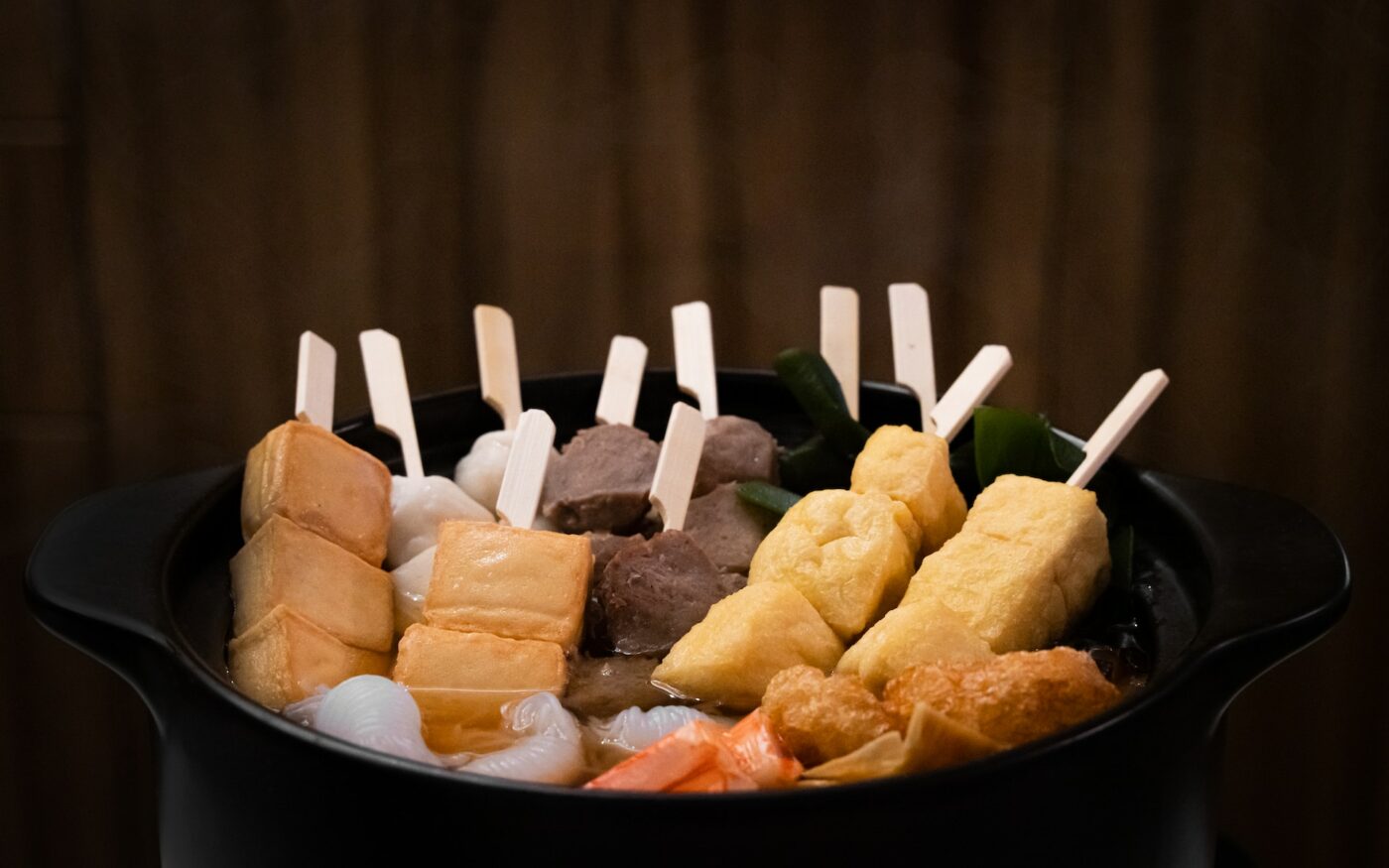
14. Sukiyaki (すき焼き)
Another of the comforting hot pot dishes in Japan is sukiyaki. It consists of thinly sliced beef that is cooked or simmered in a shallow cast-iron pan alongside vegetables such as onions, mushrooms, Chinese cabbage, and tofu.
A sweet soy sauce is used to marinate the meat and vegetables, and noodles are often added at the end to mop up the remaining liquid. A range of noodles are added depending on regional varieties, including vermicelli noodles, udon noodles, and shirataki (konnyaku noodles). The dish is cooked at your table over a small gas burner, with diners taking the food directly from the pot.

15. Mochi
We’ve kept this list focused on savoury dishes only, but it would be a crime not to add the sweet, squishy dessert called mochi to this list of best Japanese foods.
Mochi is made from glutinous rice pounded into a sticky, chewy consistency. Sweet mochi can be filled with red bean paste, ice cream, or fruit, adding a diverse flavour to this simple treat.
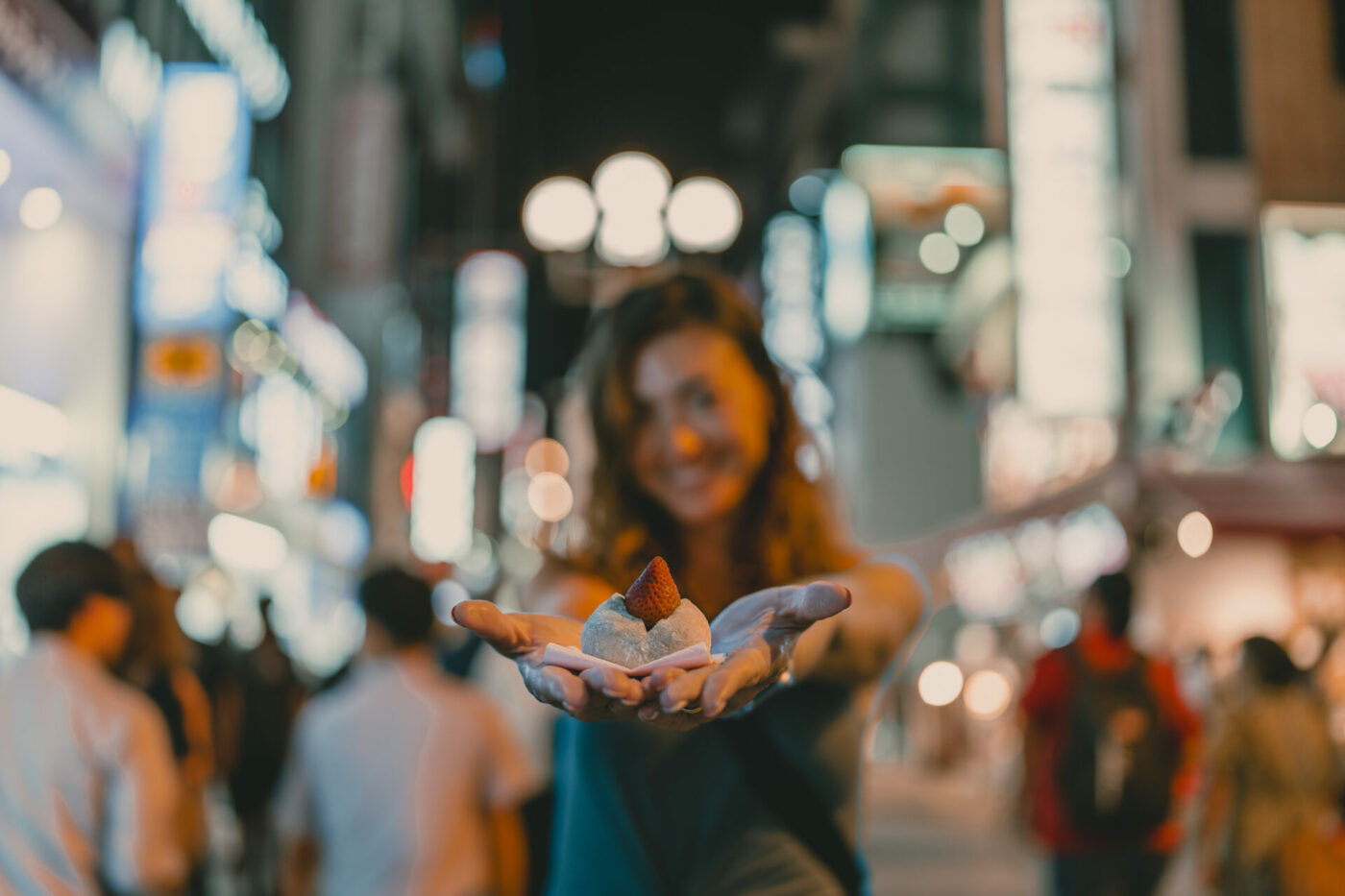
So there you have it – a mouthwatering list of our favourite Japanese dishes. It may seem overwhelming at first, but we guarantee – you’ll be able to try and most likely enjoy them all during your time in Japan.
In our family, we have a rule – you don’t have to eat it, but you have to try it!
We hope you give all of these a try!

